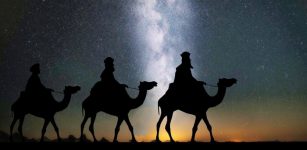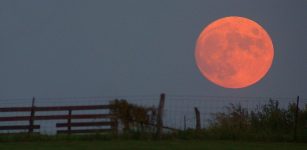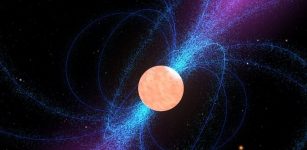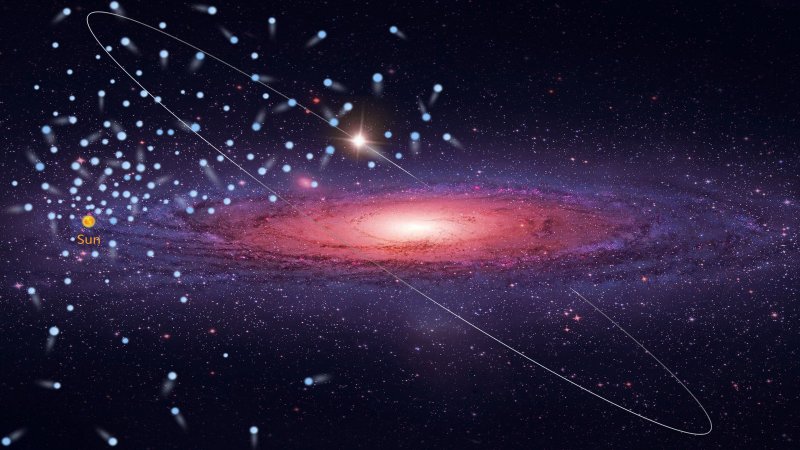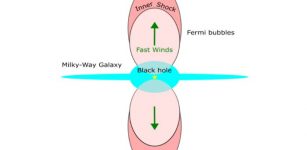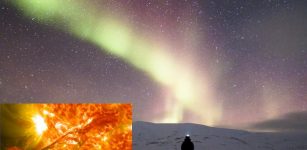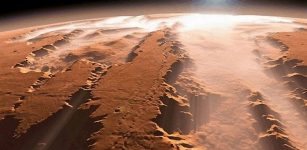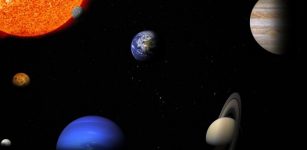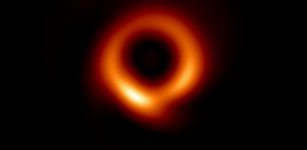Third Spectacular Episode Of The Supermoon Trilogy Happens On Jan 31, 2018
MessageToEagle.com – The Moon has been shrouded in mystery since the dawn of time.
It’s the second-brightest object in our sky after the Sun and the second-densest to be found in the Solar System, behind Jupiter’s Io. It’s also the fifth largest moon in diameter, only beaten by Io (Jupiter), Callisto (Jupiter), Titan (Saturn) and Ganymede (Jupiter).
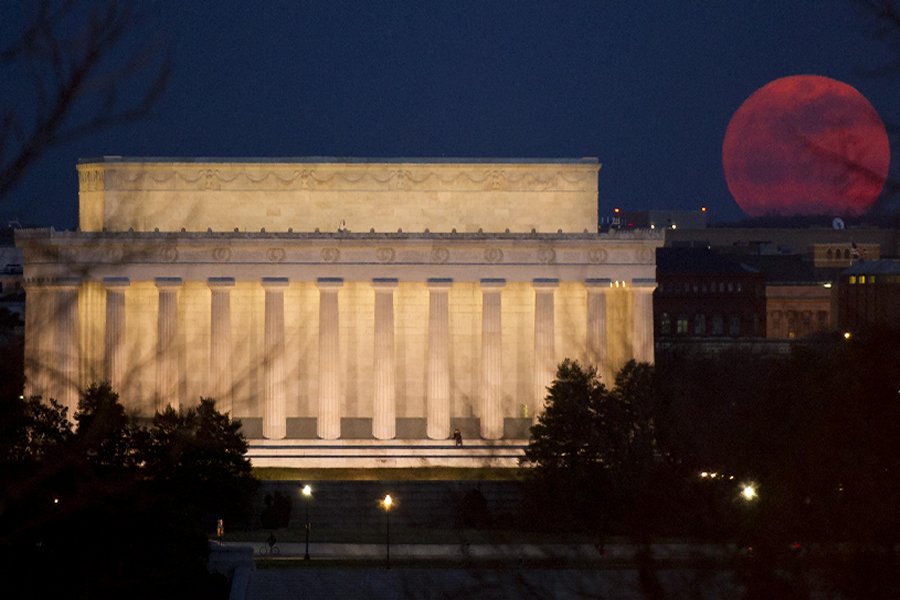
The Moon has influenced life on Earth in many different ways. For a very long time, we’ve created calendars based on its phases.
The Moon’s gravitational interactions with our world and the Sun give us ocean tides and lengthen our days by a tiny amount.
It also surprises us with spectacular views.
Two latest ‘supermoons’ have already appeared; one on December 3, 2017, the second – on January 1, 2018, and the third – will appear on January 31, 2018.
“The supermoons are a great opportunity for people to start looking at the Moon, not just that once but every chance they have!” says Noah Petro, a research scientist from NASA’s Goddard Space Flight Center.
It’s hard for our eyes to distinguish these small changes in size when the Moon is high amidst the vastness of the night sky. But any time you catch a full Moon as it rises or sets, while it’s suspended low on the horizon beaming through the silhouettes of trees or buildings, its apparent size might make you do a double-take. You almost feel as though you could reach out, grab the glowing orb, and drop it into your coffee cup. Even more so if it’s a supermoon.
If you can only catch one episode of the supermoon trilogy, catch the third one. It will be extra special.
First of all, the January 31st supermoon will feature a total lunar eclipse, with totality viewable from western North America across the pacific to Eastern Asia. The Moon’s orbit around our planet is tilted so it usually falls above or below the shadow of the Earth. About twice each year, a full Moon lines up perfectly with the Earth and Sun such that Earth’s shadow totally blocks the Sun’s light, which would normally reflect off the Moon.
“The lunar eclipse on January 31 will be visible during moonset. Folks in the Eastern United States, where the eclipse will be partial, will have to get up in the morning to see it,” notes Petro. “But it’s another great chance to watch the Moon.”
The Moon will lose its brightness and take on an eerie, fainter-than-normal glow from the scant sunlight that makes its way through Earth’s atmosphere. Often cast in a reddish hue because of the way the atmosphere bends the light, totally eclipsed Moons are sometimes called ‘blood Moons.’
“We’re seeing all of the Earth’s sunrises and sunsets at that moment reflected from the surface of the Moon,” says Sarah Noble, a Program Scientist at NASA headquarters.
The January 31st supermoon will also be the second full Moon of the month. Some people call the second full Moon in a month a Blue Moon, that makes it a super ‘blue Moon.’ Blue Moons happen every two and a half years, on average. With the total eclipse, it’ll be a royal spectacle indeed: a ‘super blue blood’ Moon.
MessageToEagle.com
Expand for references
